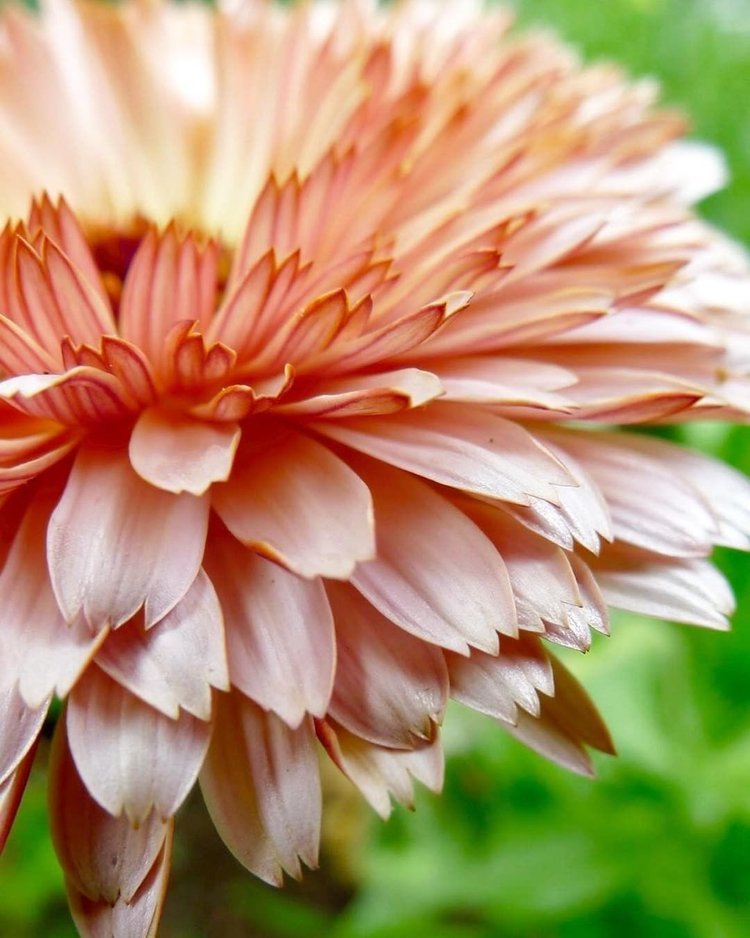Calendula
(Calendula officinalis)
Strawberry Blond Variety Grown in my Connecticut Garden
Photo By Ilana Sobo
Calendula officinalis
Calendula (Calendula officinalis), commonly known as pot marigold, is a cherished herb with radiant golden-orange blooms and a rich history of use in traditional medicine, skincare, and culinary practices. Revered across cultures for its medicinal properties, calendula has long been a staple for helping wounds, burns, and skin irritations due to its anti-inflammatory and antimicrobial qualities.
A versatile addition to any garden, calendula thrives in temperate climates and is easy to grow as a cool-season annual or short-lived perennial. It prefers well-drained soil with a neutral to slightly acidic pH and flourishes in full sun to partial shade. Seeds can be directly sown after the last frost or started indoors for an early start. With moderate watering and regular deadheading, calendula will bloom from late spring through fall, attracting pollinators like bees and predatory insects while deterring pests. As a companion plant, it benefits crops such as tomatoes, carrots, and beans, making it both beautiful and functional in the garden.
Calendula’s versatility extends to its preparations. The flowers are often used to create soothing salves and balms for skin irritations, infused oils to ease inflammation, and teas or tinctures to support digestion and relieve menstrual discomfort. Its petals add a mild, peppery flavor to salads and baked goods, earning it the nickname “poor man’s saffron” for its ability to color and flavor dishes. Calendula is also used in bath soaks to calm the skin and rejuvenate the spirit.
With its radiant flowers, deep cultural roots, and remarkable healing properties, calendula remains a beloved herb in both traditional and modern herbalism. Whether brightening the garden, soothing the skin, or adding a splash of color to meals, calendula continues to inspire and support wellness, embodying resilience and vitality.
Generally safe for most people, calendula should not be worked with by pregnant or breastfeeding individuals, as it may have uterine-stimulating properties. Individuals with allergies to plants in the Asteraceae family, such as daisies or ragweed, should patch-test calendula products before widespread use. Additionally, calendula may enhance the effects of sedatives, so it’s best to consult with a healthcare provider if taking medications for sleep or anxiety.
References
Gladstar, Rosemary. Medicinal Herbs: A Beginner’s Guide. Storey Publishing, 2012.
Duke, James A. The Green Pharmacy. Rodale Books, 1997.
Kowalchik, Claire, and William H. Hylton. Rodale’s Illustrated Encyclopedia of Herbs. Rodale Press, 1998.
Plants for a Future Database. https://pfaf.org

